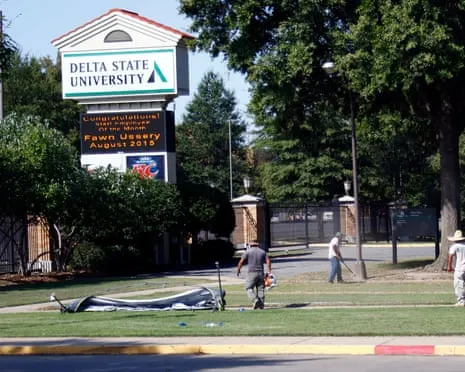
News
Strolling and Dining Along the German Waterfront of the Great Lake
Discover amazing stories and insights from our featured article.

Discover amazing stories and insights from our featured article.



 Samuel …
Samuel …




 By Samuel Huang
•
18 Sep 2025
By Samuel Huang
•
18 Sep 2025

 By Samuel Huang
•
18 Sep 2025
By Samuel Huang
•
18 Sep 2025

 By Samuel Huang
•
18 Sep 2025
By Samuel Huang
•
18 Sep 2025

 By Samuel Huang
•
18 Sep 2025
By Samuel Huang
•
18 Sep 2025


 By Samuel Huang
•
18 Sep 2025
By Samuel Huang
•
18 Sep 2025

 By Samuel Huang
•
18 Sep 2025
By Samuel Huang
•
18 Sep 2025

 By Samuel Huang
•
18 Sep 2025
By Samuel Huang
•
18 Sep 2025


 News
News
 News
News
 News
News
 Samuel Huang
Samuel Huang

 Samuel Huang
Samuel Huang

 Samuel Huang
Samuel Huang

 Samuel Huang
Samuel Huang

 Samuel Huang
Samuel Huang


